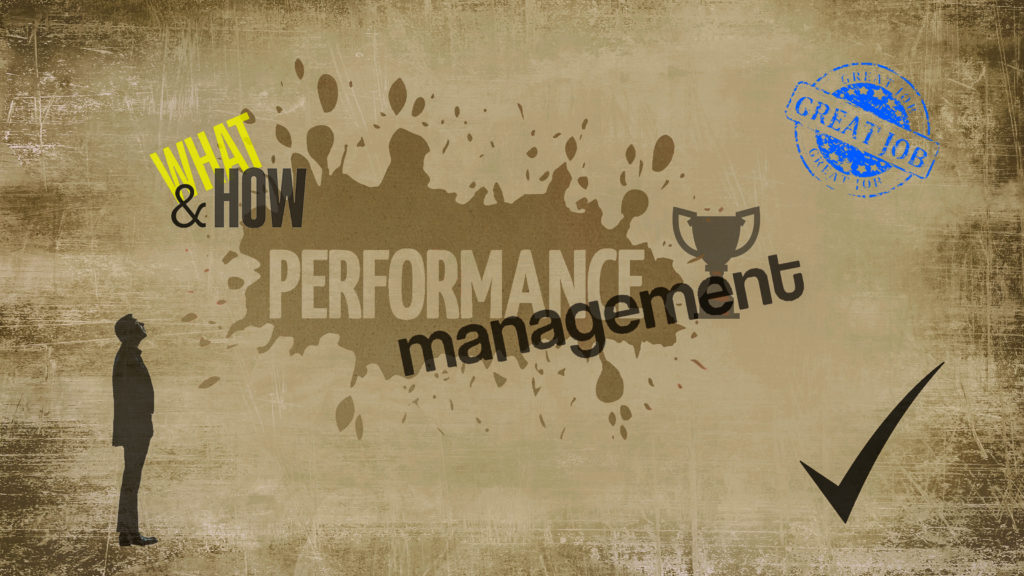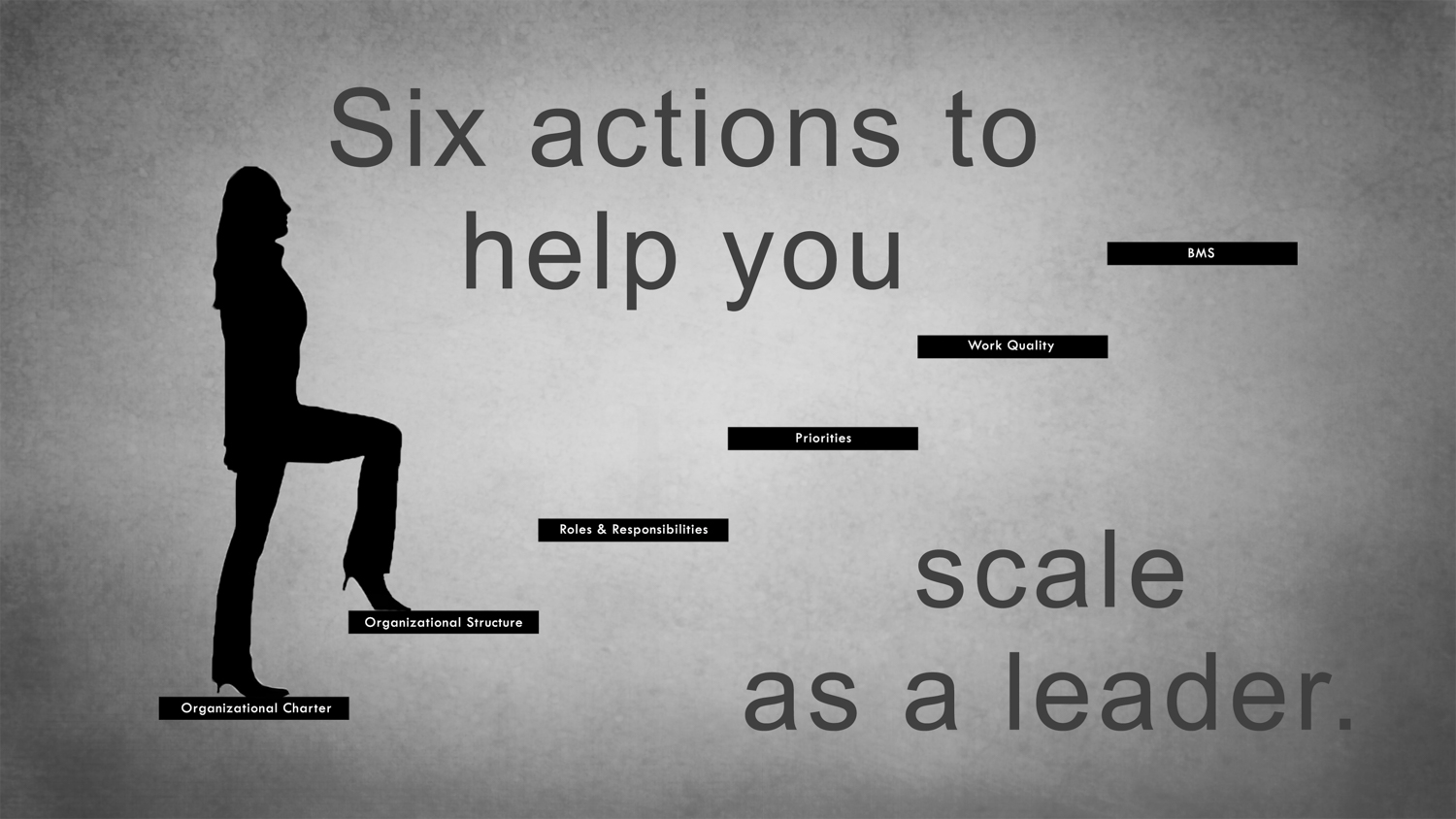Measuring performance for team members is a very hard thing to do. Sometimes, there is misalignment between the What and How behaviors. More weight should be given to how team members achieve their objectives versus focusing solely on what the team members achieved. There is also occasional misalignment between the team members and their manager regarding perceived performance by the team member. Team members typically have a singular point of view about their performance while the manager is looking across the entire team (in some cases the entire organization) and measuring team member performance as it relates to a broader group. This is similar to how grading is done in some educational institutions. The grading “curve” is not known until after all the exams are graded. A person might think they did well on the test, but they don’t know how well they did against “the field”. Unlike golf, there is no leader board by which to track and judge performance.
This stack ranking approach is popular for companies that practice true meritocracy and distribute awards according to team member performance. Stacking team members based on performance is very hard to do and is a very painful experience for those involved. It was one of the dreaded exercises I had to do as a leader, and one I know many leaders fret over.

Most of the time managers measure what the employee did and compare their performance against the metric-driven objectives. This is easier to do in some roles (e.g. Sales) where clear metrics are laid out at the beginning of the performance period (e.g. sales quotas). Other roles are more subjective and difficult to measure. Most managers focus on the measurable “what” factors, but often leave out the “how” behaviors in a team member’s performance evaluations. The “how” can be more important than the “what.” This is especially true if a team member achieved their objectives using questionable tactics, acted in an unethical manner or violated the company’s code of conduct . Aside from unethical behavior, there are other factors to consider when measuring “how” behaviors in team members. Some of the ones I frequently looked at were:
Engagement – How engaged is the employee in their work? Are they excited about their job and are they thinking beyond the task at hand? Are they frequently coming up with new, creative ideas to improve their outcomes?
Participation – Does the team member participate frequently in meetings and do they actively contribute positively to the meeting’s objectives? Do they volunteer to take on tasks and lead efforts on their own without being asked by the manager? Do they spend the entire meeting doing non-meeting related work (e.g. email or texting)?
Leadership – Does the team member step-up to lead projects or initiatives?
Attitude – Does the team member have a consistent, positive attitude? Or, do they frequently spread negativity in the group?
Interactions with Others – How well does the team member interact with others? Are there constant conflicts that need to be handled? Does the team member have a good working relationship with the rest of the group?
Time Management – Is the team member always on time? Do they keep meeting commitments? Are they consistently meeting deadlines?
There are other factors that should also be considered in measuring “how” performance based on a team member’s specific situation. In the past, I have seen some developmental items impact the “how” performance. Be on the lookout for these as well.
In conclusion, it is great to have a solid “what” performance and to be able to measure it; however, having outstanding “how” behaviors should take a prominent role in determining the final performance grade.
I hope this article has been useful. Please drop me a note in the comment section below, or privately through the Contact Me page if you have any questions, comments or ideas that could be helpful to others. You can also follow my article posts via email by clicking here or you can follow me on Twitter or LinkedIn.
Have a great day!
Thanks,

© 2018 T. Kahler Coaching, LLC


